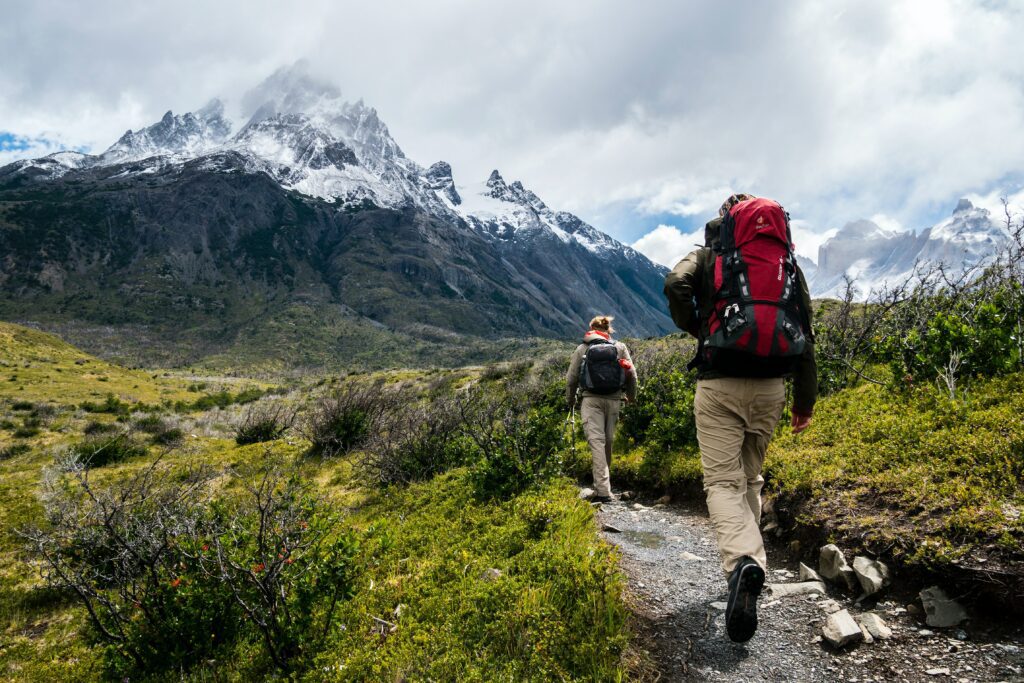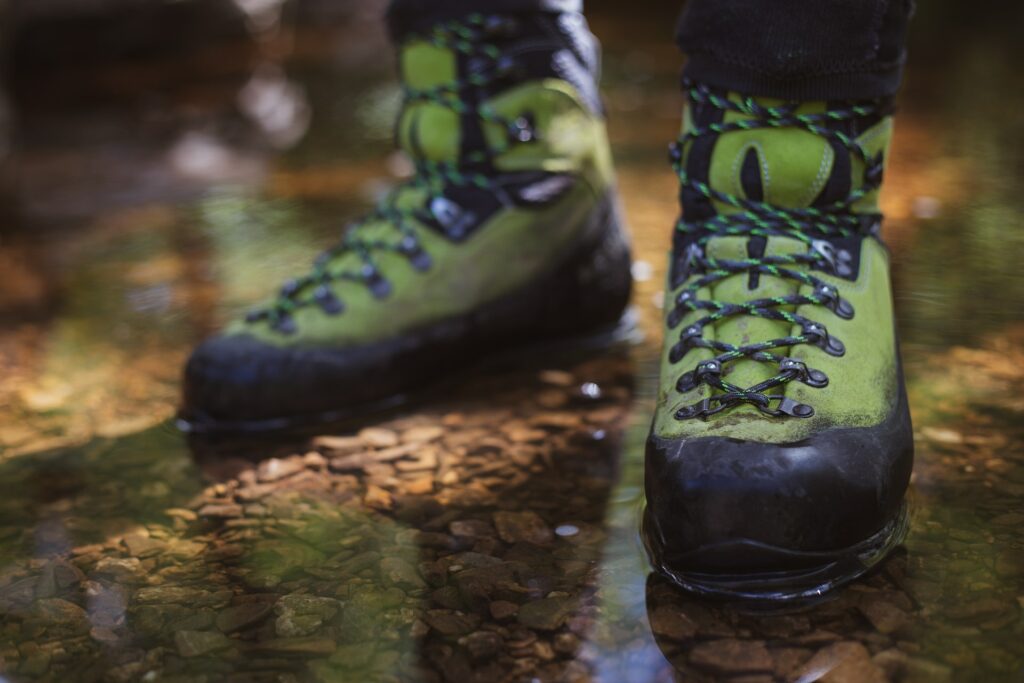Table of Contents
Hiking boots are a critical investment for anyone who enjoys exploring the great outdoors. If you own a pair or more of these useful gears, you must know how to store hiking boots to preserve their quality and durability.
Hiking boots can withstand the rigors of rough terrain and protect your feet during long hikes with their sturdy design. However, like any piece of outdoor gear, it is important to store your hiking boots properly to ensure they remain in top shape and last as long as possible.
In this article, you’ll learn some essential tips for storing hiking boots, including how to clean and dry them, finding the right storage location, using boot trees or stuffing, and avoiding common mistakes that can cause damage to your footwear.
These tips will help you keep your hiking boots in excellent condition and ready for your next adventure.
6 Basic Steps on How to Store Hiking Boots
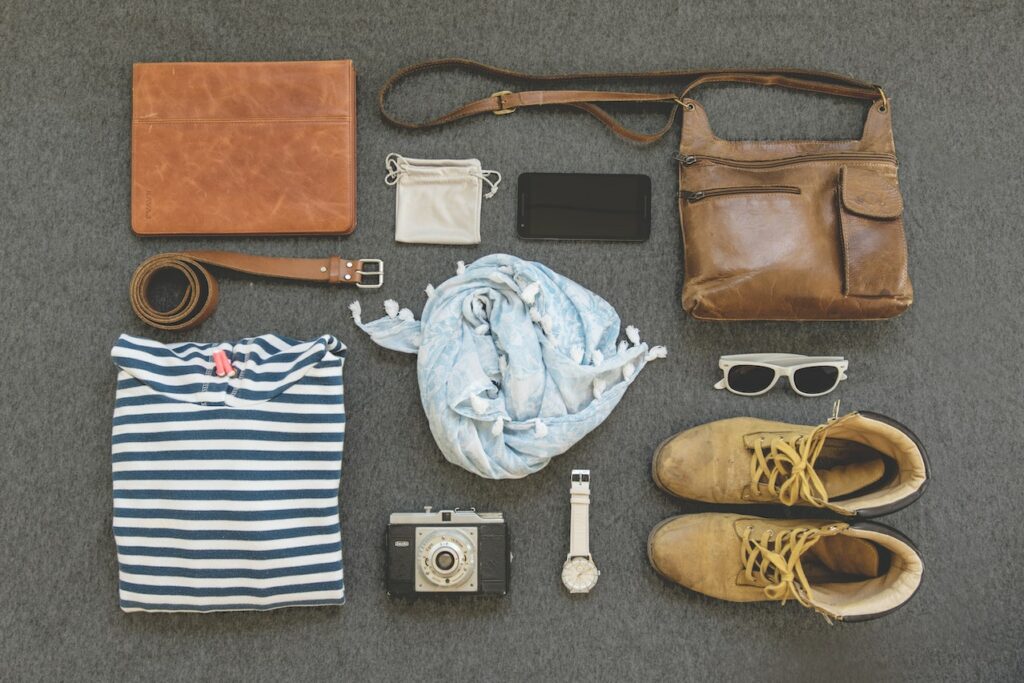
Taking good care of your hiking boots is essential, particularly if you want them to last longer. These gears must be treated with utmost care.
Below are the six basic steps on how to store hiking boots, according to hiking enthusiasts!
Clean and Dry Your Boots
Before storing your hiking boots, it is essential to clean and dry them thoroughly. Dirt, mud, and debris can accumulate on the boots during hikes and can cause damage to the materials if left for an extended period.
A soft brush or scrub can help you remove any debris or mud around your boots. By doing so, you need to pay attention to the seams and crevices where dirt can accumulate.
After cleaning, it is crucial to allow the boots to dry completely. Moisture can cause damage to the materials and lead to the growth of mold and bacteria. IDry the boots by leaving them in a well-ventilated area. If your boots stink, check out how to clean smelly boots.
Keep the boots away from direct sunlight or heat sources.
Do not use any heat sources to dry the boots. These devices can cause the materials to crack or become misshapen. Additionally, avoid leaving your boots in the trunk of your car or in a damp area, as this can cause moisture to accumulate and lead to mold growth.
Store in a Cool and Dry Place
When it comes to storing hiking boots, it is important to find a cool and dry place. Humidity and heat can damage the materials of the boots and lead to the growth of mold and bacteria. Avoid storing your boots in the basement or attic, as these areas are often prone to moisture and temperature fluctuations.
A closet or a shelf in a cool and dry room is an ideal place to store hiking boots. You can use a dehumidifier in the room to help reduce the moisture levels if you live in an area with high humidity.
Make sure to store your boots away from any heat sources, such as radiators or heaters, as this can cause the materials to dry out and become brittle.
Use Boot Trees or Stuffing
When storing hiking boots, it is important to maintain their shape to prevent the materials from becoming misshapen or creased. Boot trees or stuffing can help preserve the shape of the boots and ensure they remain in good condition.
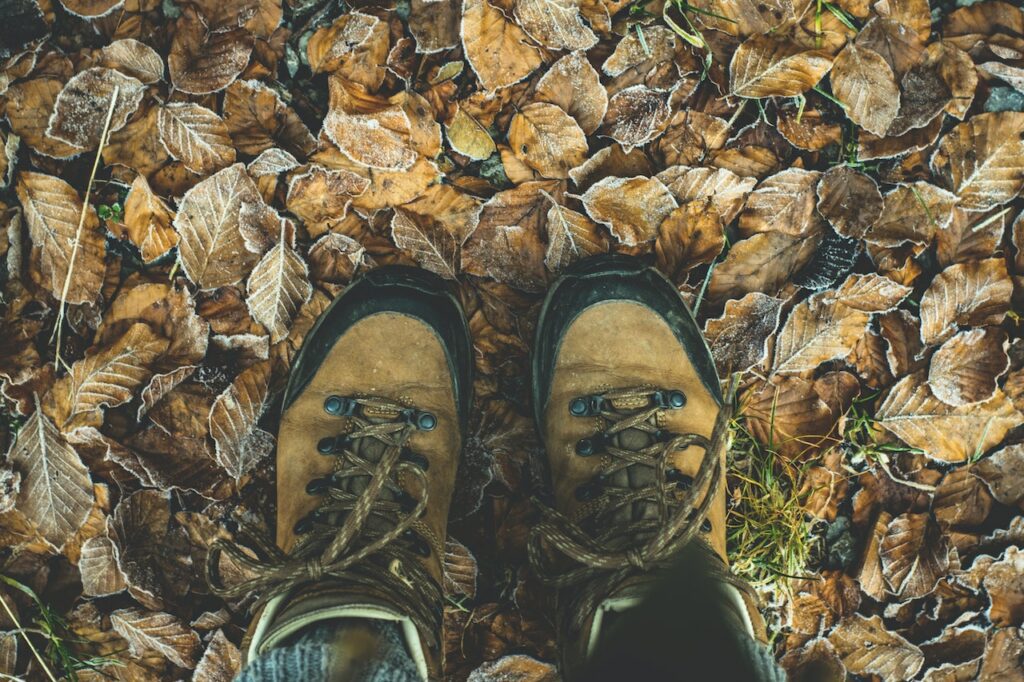
Boot trees are wooden or plastic inserts that you can place inside your boots to maintain their shape. They can also help absorb moisture and odors from the boots. If you don’t have boot trees, you can use crumpled newspaper or a clean cloth to stuff the boots. Be sure to pack the stuffing tightly to maintain the shape of the boots.
Folding or hanging hiking boots can cause damage to the materials and lead to misshapen boots. It is important to store them upright to maintain their shape and prevent any creases or bends in the materials.
Avoid Folding or Hanging Boots
Avoid storing your boots in a way that places pressure on them or causes them to fold, such as in a cramped closet or underneath heavy objects. Hanging boots can also cause damage to the materials, as the weight of the boots can stretch out the leather or synthetic materials. Instead, store your boots upright on a shelf or rack.
Check Your Boots Regularly
Keep in mind to check your boots periodically to ensure they remain in good condition. Checking on your boots every few weeks can help you catch any potential issues before they become more severe.
Inspect your boots for any signs of damage, such as cracks, tears, or holes in the materials. Check the laces and eyelets for any signs of wear and tear. Replace these if you find it necessary.
Additionally, look for any signs of mold or mildew. Clean and dry the boots thoroughly if you notice any growth.
Avoid Common Mistakes
There are several common mistakes people make when storing hiking boots that can cause damage to the materials. Avoiding these mistakes can help ensure your boots remain in good condition for longer.
One mistake is storing your boots in direct sunlight or heat sources. This can cause the materials to become brittle and lead to cracking or misshapen boots. Additionally, avoid storing your boots in plastic bags. Doing this can trap moisture and lead to mold growth.
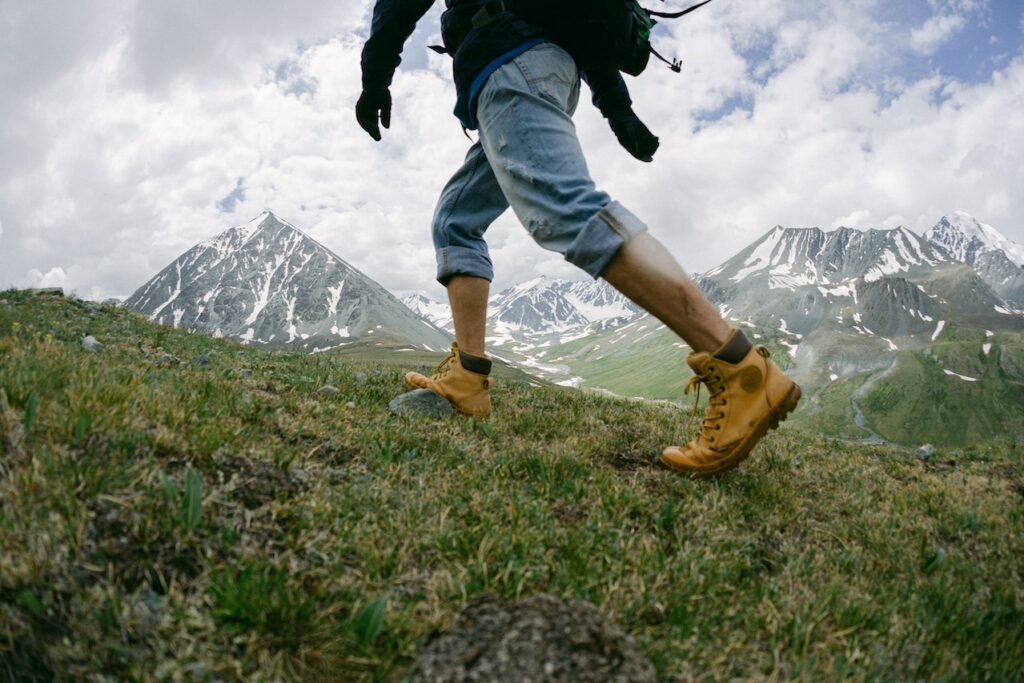
Another mistake is using harsh cleaning agents or detergents on your hiking boots. These can damage the materials and strip away any waterproofing or protective coatings. Instead, use a mild soap or specialized cleaning product designed for hiking boots.
Stowing How to Store Hiking Boots
Storing your hiking boots properly is essential for maintaining their durability and ensuring they remain in top condition for your next adventure. Cleaning and drying your boots, finding a cool and dry storage location, using boot trees or stuffing, and avoiding common mistakes can help prolong the lifespan of your boots and save you money in the long run. By following these tips, you can keep your hiking boots in excellent condition and ready for your next outdoor adventure.

